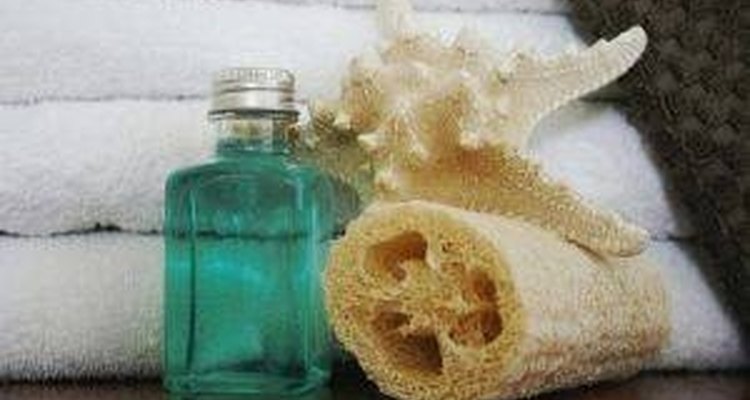
Mud bath therapy is a spa treatment where the patient is placed in a pool or bath of warm mud that is used to relax joints and muscles. Mud baths are also proven to improve skin complexion and soothe away muscle aches and pains.
History
Mud baths were used by the Wappo Indians and incorporated volcanic ash and spring water into their treatments. Chiropractor John Wilkinson perfected the mud bath recipe in 1946, adding peat moss and warm spring water to his mud mixture. These ingredients are still used in mud bath treatments today.
Side Effects
Because the temperature of the mud can reach about 100 degrees Fahrenheit, water will be drained from the body and can cause dehydration. If you have sensitive skin, the warm mud may cause skin irritation. It is important to be monitored by a spa professional while taking a mud bath because staying in the bath too long can cause heat stroke, nausea and fainting.
Prevention/Solution
In order to prevent negative side effects from occurring, drink plenty of water the day before and several hours before having mud bath therapy. If you have never had mud bath therapy before and you have sensitive skin, ask to have a portion of the mud painted on the inside of your arm in order to determine if you will have a reaction.
Identification
While in the mud bath, if you are feeling dizzy, lightheaded, itchy, overheated or uncomfortable, contact someone to help you get out of the mud bath. If you are alone, slowly push yourself out of the mud bath, standing up slowly. If you are seeing stars or feel like you are going to pass out, attempt to roll out of the mud bath and onto the floor where you can call for help.
Warning
Frequent mud bath therapy can cause severe dehydration. Unless recommended by a doctor, it is not necessary to have a mud bath more than once a week. Mud baths can be draining on your system so it is important to drink plenty of water before and after having mud bath therapy.
Related Articles

Epsom Salts & Ingrown Hairs
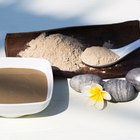
How to Make a Natural Homemade Mud Bath
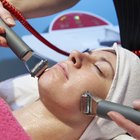
What Is a Faradic Facial Treatment?

Does Soaking Cotton Balls in Milk Help ...
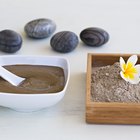
Rasul Spa Treatment

Green Tea Remedy for Blackheads

How to Deal With a Bipolar Woman

What Are the Benefits of Salt Water Hot ...

How to Wash Out an Ear With Warm Water

The Benefits of Castor Oil Packs

How to Disinfect a Loofah
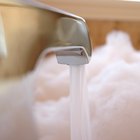
How to Keep Bathwater Hot

Sea Salt in Hot Tubs
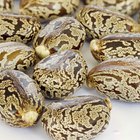
The Uses of Castor Oil for Healing

How to Get Rid of the Smell of Alcohol ...

How Does Soap Kill Germs?

Sauna Cleaning Requirements

Urea & Acne

How to Dissolve Non-Instant Milk Powder

Detergents That Soften Hard Water for ...
Writer Bio
Megan Smith has been a freelance writer and editor since 2006. She writes about health, fitness, travel, beauty and grooming topics for various print and Internet publications. Smith earned a Bachelor of Fine Arts in writing from New York University.
Photo Credits
http://www.sxc.hu/profile/jadey919